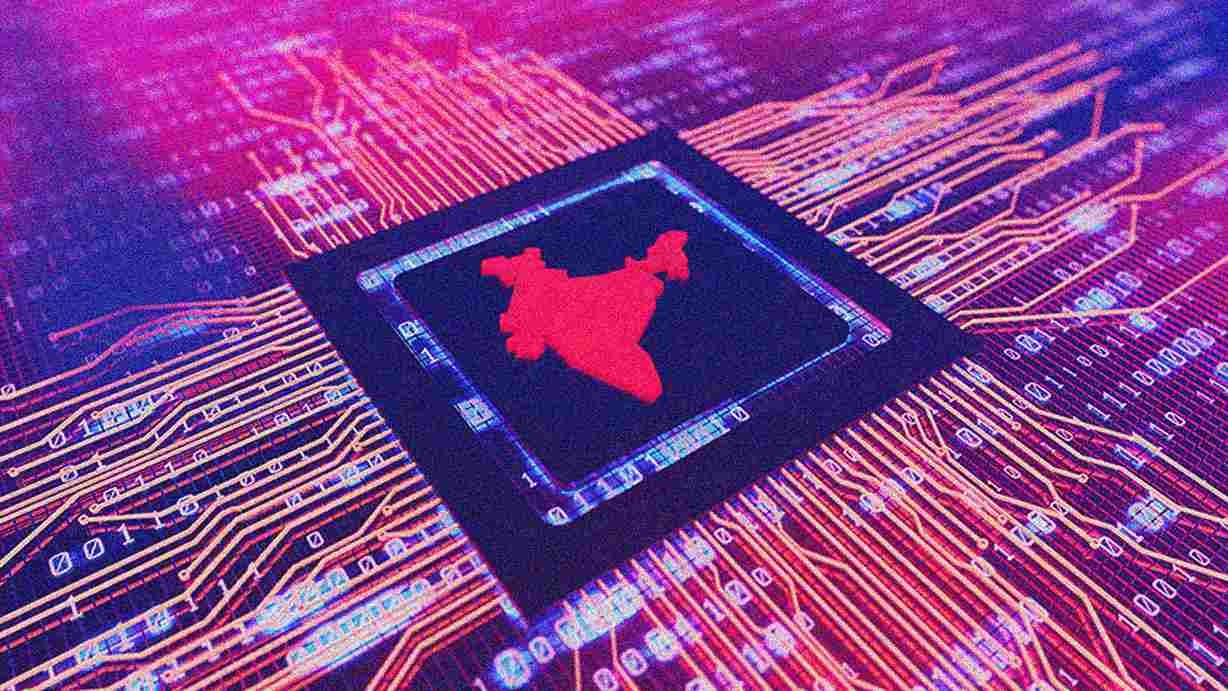India, AI, and Beyond
…Respect where they’re headed
I am glad that OpenAI Founder/CEO Sam Altman addressed head-on the AI kerfuffle that had taken center stage in the India Media post a recent presentation in India.
He has been on a World Tour visiting various countries in Europe and now Asia, explaining the opportunities and challenges around AI.
In case you missed it, here’s the incident in India that ruffled a few feathers there:
“Peak XV Partners managing director Rajan Anandan had posed the question to Altman at the event in New Delhi on Wednesday organized by The Economic Times. “If you want to build foundational models, how should we think about that? Where is it that a team from India, three super smart engineers with not $100 million, but let's say $10 million, could actually build something truly substantial?”
To this, Altman had replied, “The way this works is we're going to tell you, it's totally hopeless to compete with us on training foundation models, you shouldn't try and it's your job to try anyway. And I believe both of those things. I think it is pretty hopeless.”
He then responded on Twitter later that his answer didn’t land as intended:
“This is really taken out of context! The question was about competing with us with $10 million, which I really do think is not going to work. But I still said try! However, I think it’s the wrong question.”
The right question is what a startup can do that’s never been done before, that will contribute a new thing to the world. I have no doubt Indian startups can and will do that!”
Sam setting the record straight here is important. Not only for India’s pride in its entrepreneurial history, but for it’s potential pole position in global technology and AI to come.
As Bloomberg notes in a recent piece on India and technology (whole piece well worth reading):
“One of India’s biggest attractions is its supply of workers. In April, it overtook China as the world’s most populous country. It’s now home to almost a fifth of humanity, and more than half its population is under 30, with a median age of 28. That compares to 38 in both the US and China.
In a nation obsessed with education, many parents want their children to take subjects that will help them get good jobs and careers. Some 34% of students study science, technology, engineering or mathematics at university, the highest among major economies, according to Unesco Institute for Statistics data.”
And it has a ramp up ahead of it in training it’s young people in AI:
“India has about 416,000 AI workers, far short of the more than 1 million it will need by 2026, according to Nasscom.”
The Bloomberg piece already notes how India has become a key place for firms like Goldman Sachs:
“These are the offices of Goldman Sachs Group Inc., home to about 8,000 workers, the bank’s largest venue outside New York. When Goldman set up in the city in 2004, it had roughly 300 people mainly providing IT and other support. Now, its workers are quants and software engineers, building systems for everything from making trades to managing risk.”
I fondly remember the Firm which had less than 2,200 folks mostly in the US, when I started there in 1982, likely their first hire with an Indian passport. Now over 8,000 in India alone.
In a nation that’s building on its ability to be more than the back office for the world’s leading companies, India has a lot to contribute to AI and beyond. Glad US companies are respecting that capability. Stay tuned.


